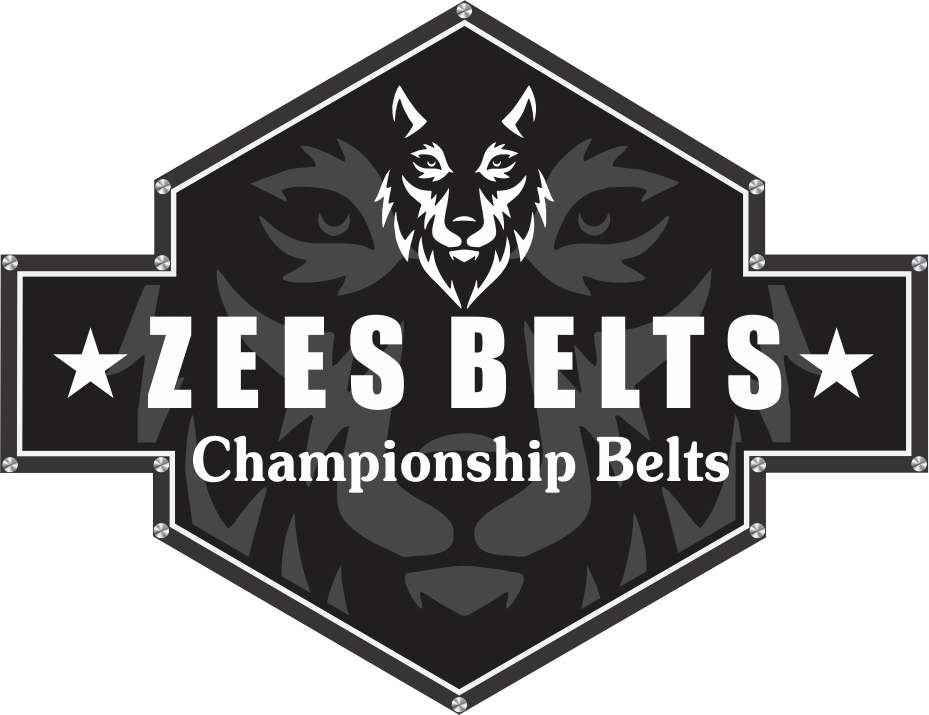Introduction
The IWGP Heavyweight Championship is one of the most prestigious titles in professional wrestling, representing the pinnacle of New Japan Pro-Wrestling (NJPW). Since its introduction in 1987, the belt has undergone several design changes, each reflecting the legacy and prestige of the championship. In this blog post, we’ll explore the evolution of the IWGP Heavyweight Title belt, its unique design elements, and why it remains a symbol of excellence in wrestling.
The Birth of the IWGP Heavyweight Championship
The IWGP (International Wrestling Grand Prix) Heavyweight Championship was established in 1987, replacing the original IWGP title that was more of a trophy than a traditional wrestling belt. The first official champion was Antonio Inoki, one of NJPW’s founding fathers.
The original belt design was simple yet elegant—a large gold plate with "IWGP Heavyweight Champion" engraved in bold letters. The centerplate featured a globe, symbolizing the international nature of the title, flanked by two lions representing strength and dominance.
The 1990s Redesign: A More Regal Look
In the early 1990s, NJPW introduced a new version of the IWGP Heavyweight Title. This design was more detailed, featuring intricate engravings and a larger centerplate. The lions remained a key element, but the overall look became more regal, fitting for a world championship.
This version of the belt was carried by legendary wrestlers like Shinya Hashimoto, Keiji Mutoh (The Great Muta), and Masahiro Chono, helping establish NJPW as a global wrestling powerhouse.
The Early 2000s: A Modern Update
By the 2000s, NJPW decided to refresh the belt’s design to match the evolving wrestling landscape. The new version kept the globe and lion motifs but introduced a sleeker, more polished look. The side plates were updated to include the NJPW logo, reinforcing the brand’s identity.
This belt was held by icons like Kazuyuki Fujita, Yuji Nagata, and Brock Lesnar (during his brief NJPW run). Its design was well-received, blending tradition with a modern aesthetic.
The 2008-2021 Era: The Most Recognizable Design
In 2008, NJPW unveiled what many fans consider the most iconic version of the IWGP Heavyweight Championship. This design featured:
-
A massive gold centerplate with "IWGP Heavyweight Champion" in bold lettering.
-
Detailed lion engravings and a prominent globe at the top.
-
Red leather strap, making it stand out from other championships.
This belt became synonymous with NJPW’s rise to global prominence, carried by legends like Hiroshi Tanahashi, Kazuchika Okada, and Kenny Omega. Its striking appearance made it one of the most recognizable titles in wrestling.
Unification and the New IWGP World Heavyweight Title (2021-Present)
In 2021, NJPW merged the IWGP Heavyweight and Intercontinental Championships to create the IWGP World Heavyweight Championship. The new belt features:
-
A completely fresh design, moving away from the classic lion and globe motifs.
-
A mix of gold and silver plates with a sleek, modern look.
-
A black leather strap, differentiating it from previous versions.
While some fans miss the classic design, the new title represents a new era for NJPW, with champions like Shingo Takagi, Kazuchika Okada, and SANADA carrying it forward.
Why the IWGP Heavyweight Title Design Matters
The IWGP Heavyweight Championship’s design has always reflected NJPW’s commitment to prestige and tradition. Each version tells a story:
-
The Original (1987) – A symbol of NJPW’s global ambitions.
-
The 1990s Belt – A more refined look for a growing promotion.
-
The 2008-2021 Design – The golden era of NJPW’s international expansion.
-
The Current Belt – A bold step into wrestling’s future.
For collectors and wrestling fans, owning a replica of any IWGP title is a way to connect with NJPW’s rich history.
Conclusion
The IWGP Heavyweight Title has evolved over the years, but its legacy remains unmatched. From its classic lion-and-globe designs to the modern IWGP World Heavyweight Championship, each version represents a different chapter in NJPW’s storied history.
